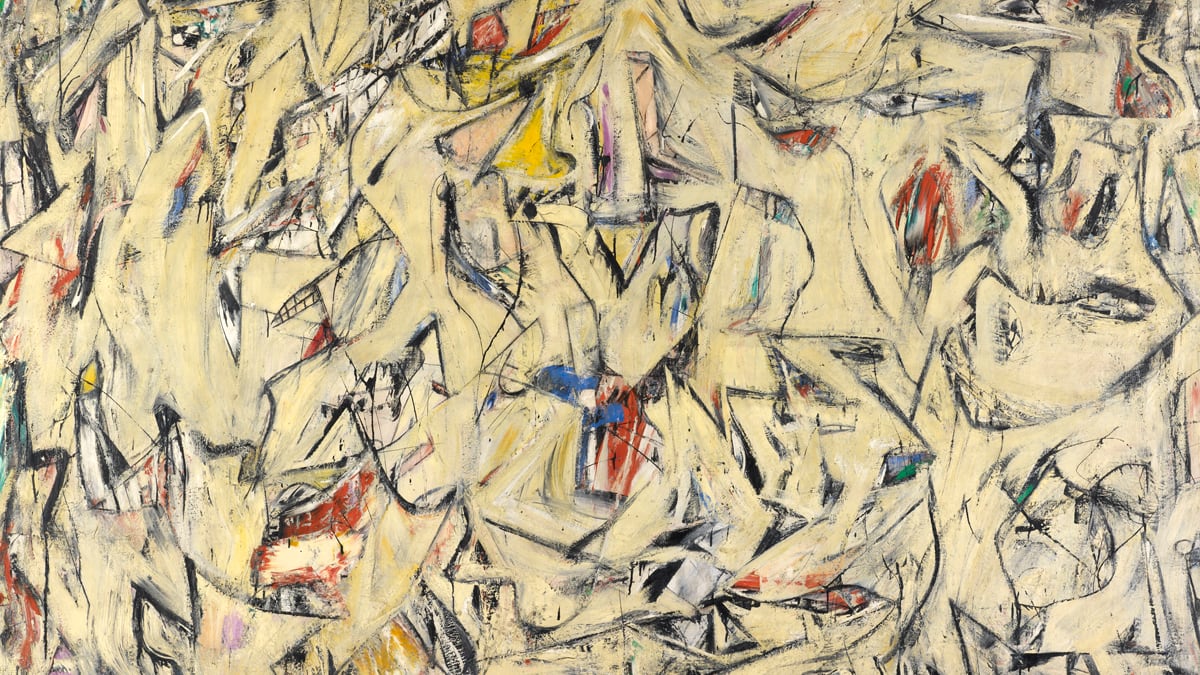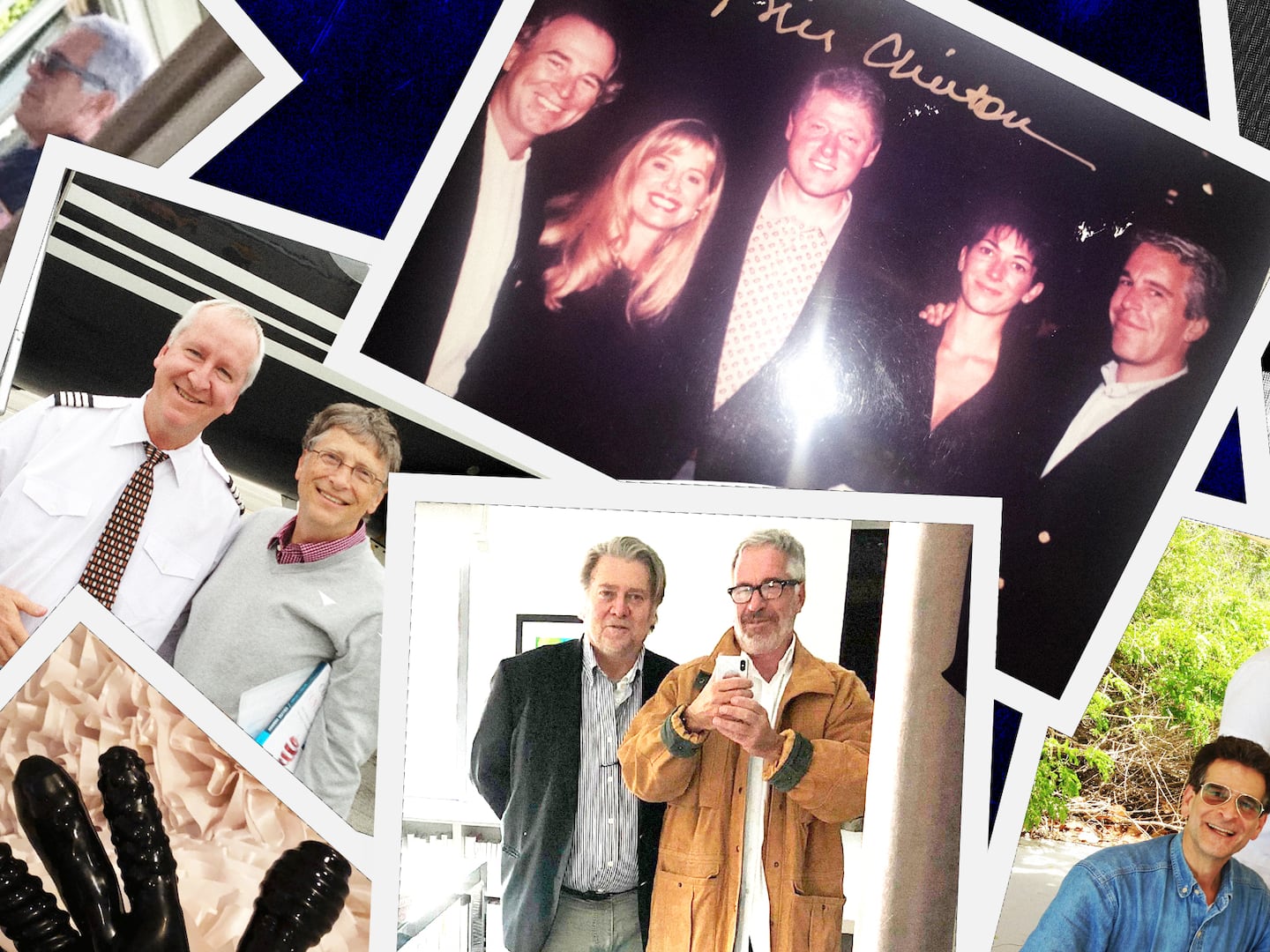
We are at a moment in art when “isms” are dead, when instinct trumps theory, when abstraction and figuration live happily together, when variety is better than a single style, and when political incorrectness rules. We are at the perfect moment, that is, to revisit Willem de Kooning, the great American painter who died in 1997, at 92, and whose work pre-figured our current trends. On Sept. 18, the Museum of Modern Art in New York is launching the first all-media de Kooning retrospective. This gallery samples eight of its images.
To read a full preview of the show, see Blake Gopnik’s article in Newsweek.

Willem de Kooning’s Pink Angels, painted in about 1945. Many of the features of de Kooning’s famous abstractions are already here in this semi-figurative work.
Courtesy of the The Museum of Modern Art / Frederick R. Weisman Art Foundation, Los Angeles / The Willem de Kooning Foundatio / Artists Rights Society (ARS), New York
De Kooning’s Seated Woman, from around 1940. Early figurative pictures like this – or at least fragments of their outlines – sit under the paint in many of de Kooning’s later abstractions.

Willem de Kooning’s Orestes, from 1947. When he first arrived in America, de Kooning had to make a living as a housepainter. Many of his first abstractions, including this one, were executed in household enamels.

Interchanged, painted by de Kooning in 1955. De Kooning was as great a draftsman as he was a painter.

De Kooning’s Woman, from 1951. After making a splash with a show of abstractions in 1948, de Kooning turned back to these strange figurative works – which earned him some wrath in the art world.

De Kooning’s Woman, I, painted between 1950 and 1952. Some critics have always seen this Women series as misogynist, but others have defended the painter against such charges.

Park Rosenberg painted in 1957 by de Kooning.

De Kooning’s Rider (Untitled VII) from 1985. De Kooning adopted a radically new, lyrical style at the very end of his career, at the very moment that his mind began to fail from dementia.





